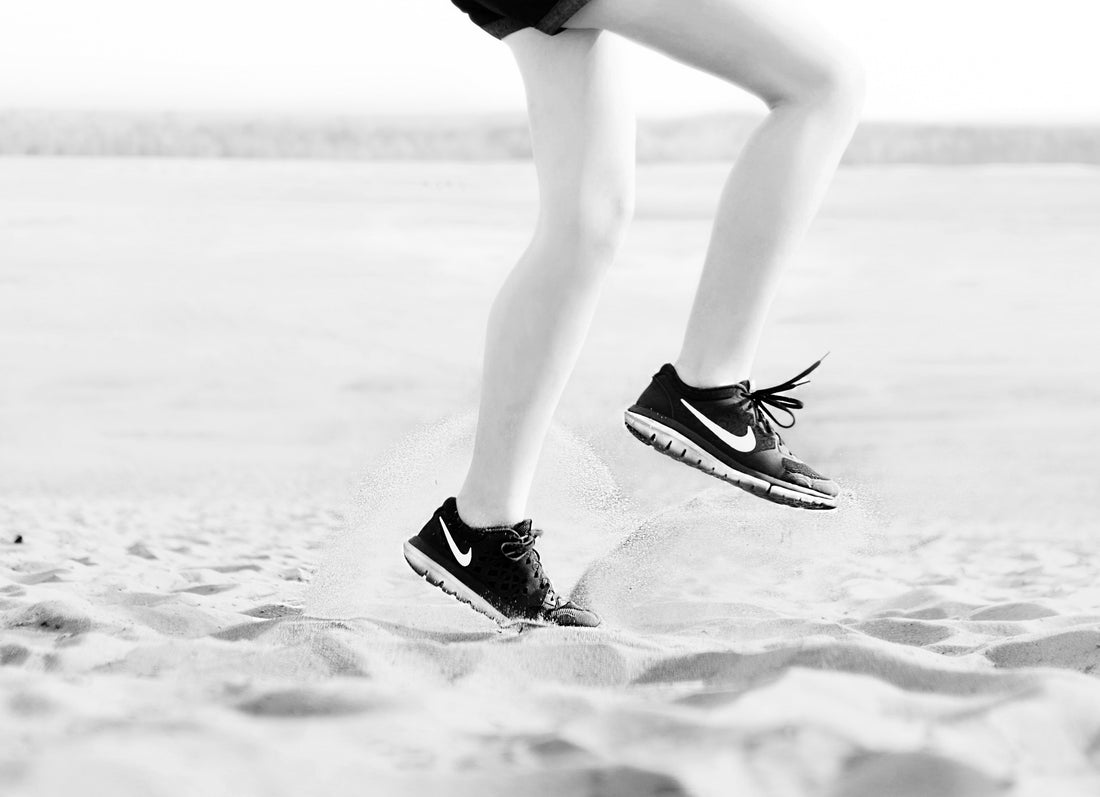How To Prevent The Dreaded Calf Strain When Running

Calf injuries are common in all sports, particularly those which involve running and jumping. And it’s no wonder, as when we run, our calf – particularly our soleus muscle – is asked to generate a huge amount of force: up to 8 times body weight!
So for any sport that involves running, having good calf strength is hugely important – not only to help with preventing injury, but also to help with performance and running faster.
This is especially important as we get older; as our calf function and strength tends to decline with age (which is why calf injuries are often jokingly referred to as ‘old man’ injuries!).
So as we age, it’s definitely a case of work it or lose it – so how do we best strengthen our calves?
How do you keep your calves strong?
There’s two main muscles that make up our calf – the gastrocnemius muscle and the soleus, which work in slightly different ways. As a rough overview, our gastrocnemius works more when our knee is straight, and our soleus works more when our knee is bent.
No doubt you’re familiar with the standard calf raise exercise, where we rise up on to our toes in standing – which is great to try and target the gastrocnemius. But how do we target our soleus, which we need to provide an even greater amount of force when we run?
As the soleus works more when our knee is bent, there’s a few different options. We can do a different version of the calf raise with our knee bent, as shown in the photo – this can be a bit trickier to control and keep the knee still with; but works the calf well in a way that’s really similar to how it will be asked to work when we run.
Another great option for targeting the soleus muscle – and one that’s a bit easier technique-wise – is a seated calf raise.


Remember to load it up!
Remember how we said before that the soleus produces forces of up to 8 times bodyweight when we run? As such, doing exercises just with bodyweight as resistance doesn’t quite cut it when it comes to increasing the strength to where it needs to be for when we run – and so having access to weights can make a huge impact on the effectiveness of the exercise. This is where the seated calf raise is great – as we can load up this exercise using a barbell or weights machines, without having to worry about holding the weight or maintaining or balance while using a heavy weight.
So if you’ve been having issues with your calf muscles, or looking at ways to help with injury prevention and performance, book in to see one of our physios to help devise a specific program to help you strengthen up in this key area.
